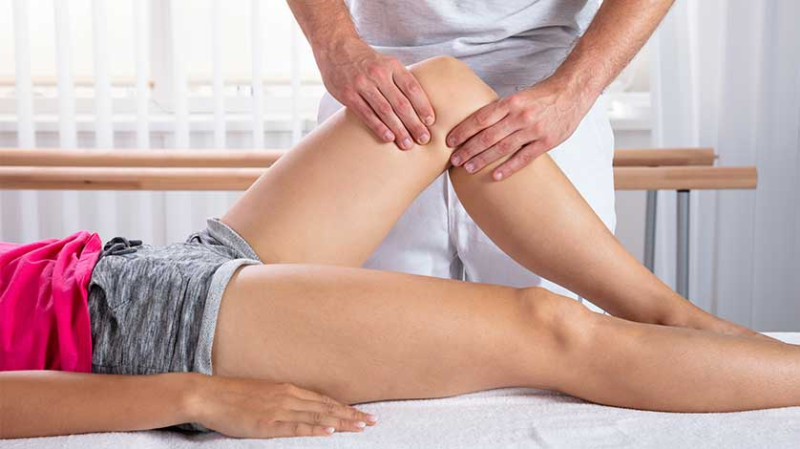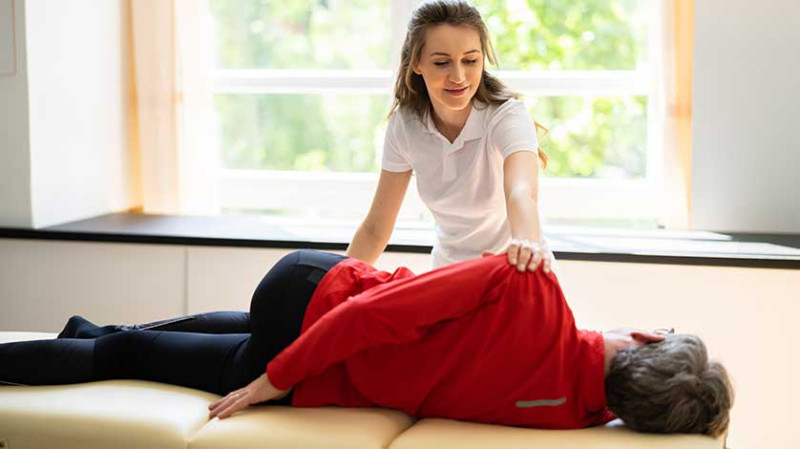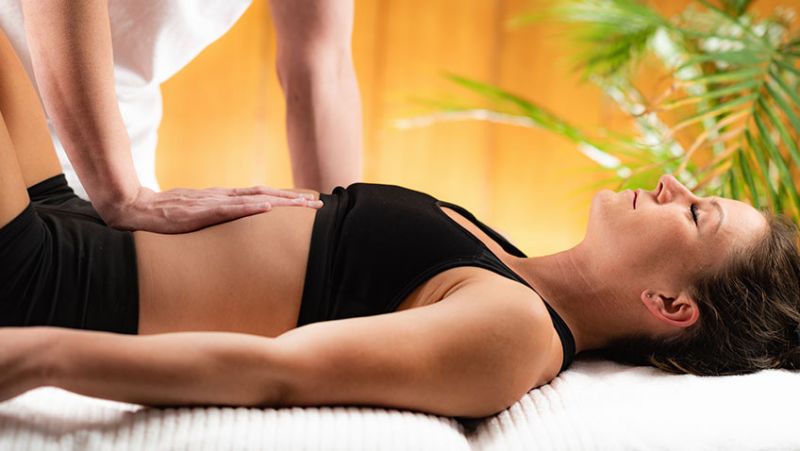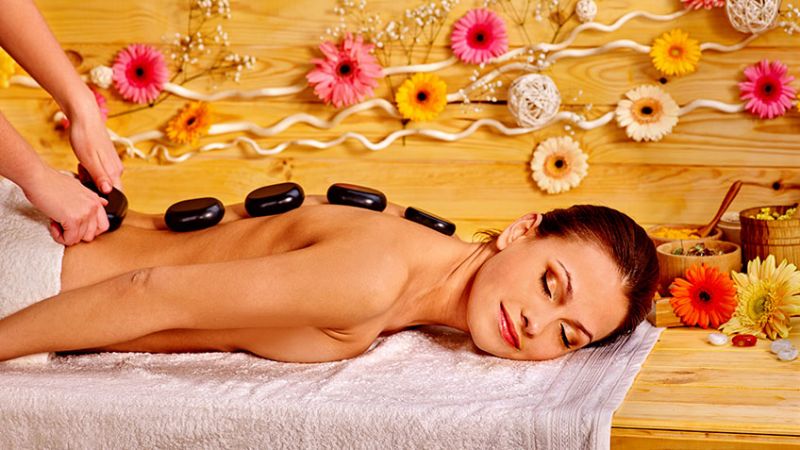
The Achilles tendon is the strongest and largest tendon in the human body. Stretching from the heel bone to the calf muscles, it plays a critical role in walking, running, and jumping. However, due to overuse, poor training techniques, or sudden changes in intensity, the Achilles tendon is prone to injuries, especially among active individuals and sports enthusiasts. Fortunately, sports massage therapy offers effective ways to relieve pain, improve mobility, and accelerate recovery from Achilles tendon injuries.
This comprehensive guide explores various sports massage techniques aimed at managing and rehabilitating Achilles tendon issues. Whether you're a DIY health guru, fitness-focused young professional, or a practitioner working with clients, this guide will teach you how sports massage can be an invaluable tool in injury recovery.
Understanding Achilles Tendon Injuries
Before diving into the massage techniques, it's crucial to understand the injuries that can affect the Achilles tendon. Common injuries include Achilles tendinitis (inflammation of the tendon), tendinosis (degeneration due to chronic overuse), and partial tears or ruptures. These injuries can result from excessive running, improper footwear, or inadequate warm-ups.
Symptoms often include pain and stiffness along the back of the heel, swelling, and tenderness that worsens with activity. Early diagnosis and treatment are essential to prevent long-term damage. Sports massage, when applied correctly, can help reduce inflammation, break down adhesions, and stimulate healing.
Benefits of Sports Massage for Achilles Tendon Injuries
Sports massage offers several key benefits to those suffering from Achilles tendon problems. It promotes increased blood flow to the injured area, which helps transport nutrients needed for tissue repair. Additionally, regular massage can break down scar tissue and adhesions that form during the healing process.
For individuals recovering from Achilles injuries, massage can also reduce pain and muscle tension in the surrounding areas, such as the calf and foot, which often compensate during the injury. Better flexibility, improved range of motion, and faster healing are other crucial benefits, making sports massage a central part of most rehabilitation programmes.
Pre-Massage Considerations
Before beginning any sports massage treatment, a full assessment of the injury should be completed by a healthcare professional. In cases of an acute tear or rupture, massage therapy may be contraindicated until the area has healed sufficiently. The severity and stage of injury will determine the appropriate type of massage.
In the early inflammatory phase (first 3-5 days post-injury), direct massage on the Achilles tendon should be avoided. Gentle treatments may begin during the subacute phase once swelling reduces, focusing on nearby muscle groups rather than the tendon itself. Always err on the side of caution and consult a physiotherapist if in doubt.
Effective Sports Massage Techniques
The following sports massage techniques have been shown to support recovery from Achilles tendon injuries. Techniques may be applied by a qualified therapist or self-administered with care and precision.
1. Effleurage
This is a light stroking technique applied with the palms of the hands. It's often the starting point of treatment, helping to warm up the area, stimulate circulation, and prepare tissues for deeper work. Effleurage is applied to the calf and lower leg to enhance blood and lymphatic flow toward the tendon.
2. Petrissage
Petrissage involves kneading or compressing the muscles, useful for releasing tight calf muscles that often contribute to Achilles strain. A sports therapist might use their thumbs or fingers to lift and roll muscle tissue, breaking up tension and reducing muscle guarding around the tendon.
3. Friction Massage
Once the acute stage has passed, cross-fibre or deep transverse friction is used directly on the Achilles tendon. This involves small, deep movements across the tendon fibres to break down scar tissue and promote collagen realignment. It's typically applied with the thumb and should be performed in short bursts (5-10 minutes only) to avoid further irritation.
4. Trigger Point Therapy
Trigger points in the calf muscles can affect the biomechanical function of the Achilles tendon. Using deep focused pressure on specific points in the gastrocnemius and soleus muscles can release referred pain and improve flexibility. This technique should be applied gradually and followed by stretching or mobilisation.
5. Myofascial Release
This technique addresses the fascia, a connective tissue that encases muscles and tendons. Restricted fascia can limit movement and contribute to chronic conditions. Applying sustained pressure and stretch along the back of the leg helps loosen tight structures, supporting a more complete recovery.
Self-Massage Tools and Techniques
For those managing mild Achilles issues at home, self-massage tools can be a game-changer. Foam rollers, massage balls, and handheld massage guns allow individuals to treat tight calf muscles and associated areas without needing a weekly therapist visit.
One DIY technique is to place a massage ball under the calf and apply gentle pressure while rolling slowly. This mimics trigger point therapy and helps release knots. A massage gun can be used on low settings to stimulate the lower calf and Achilles area from a safe distance.
| Massage Tool | Best Use | Approximate Cost (UK) |
|---|---|---|
| Foam Roller | Broad muscle release (calf & hamstring) | £15 - £35 |
| Massage Ball | Trigger point and focused pressure | £5 - £15 |
| Massage Gun | Deep muscle stimulation and circulation | £50 - £150 |
Precautions and Aftercare
Massage therapy should always be followed by appropriate aftercare, such as hydration, gentle stretching, and rest. Overdoing massage can lead to inflammation or worsen the injury. Ice packs can be applied if the area feels sore after treatment.
Avoid massage if there are signs of acute inflammation (heat, redness, severe pain), suspected rupture, or infection. Always seek professional advice before trying new therapy methods, particularly if symptoms persist or worsen over time.
Combining Massage with Rehabilitation Exercises
Massage shouldn't be used in isolation. For long-term healing, it must be combined with strengthening exercises, stretching routines, and movement retraining. Calf raises, eccentric loading (e.g., slow heel drops), and stability drills are standard physiotherapy approaches that complement sports massage treatments.
The synergy between active and passive therapies can significantly shorten recovery timelines and prevent re-injury. Working with a physiotherapist or sports rehab specialist ensures that massage is integrated into a broader, evidence-based treatment plan.
Conclusion
Achilles tendon injuries require a thoughtful and disciplined approach to recovery, and sports massage can play an essential role. From improving circulation to reducing scar tissue and boosting flexibility, well-applied massage techniques support both short-term relief and long-term healing.
Whether you're a weekend runner, tradesman constantly on your feet, or young professional staying active after work, understanding and applying these massage strategies can help you stay pain-free and mobile. For architects and designers clocking long days on-site or at desks, proactive recovery routines including sports massage can maintain productivity and wellbeing.
Consider making sports massage part of your self-care or professional toolkit, and take active steps to protect one of the most important tendons in the human body.



